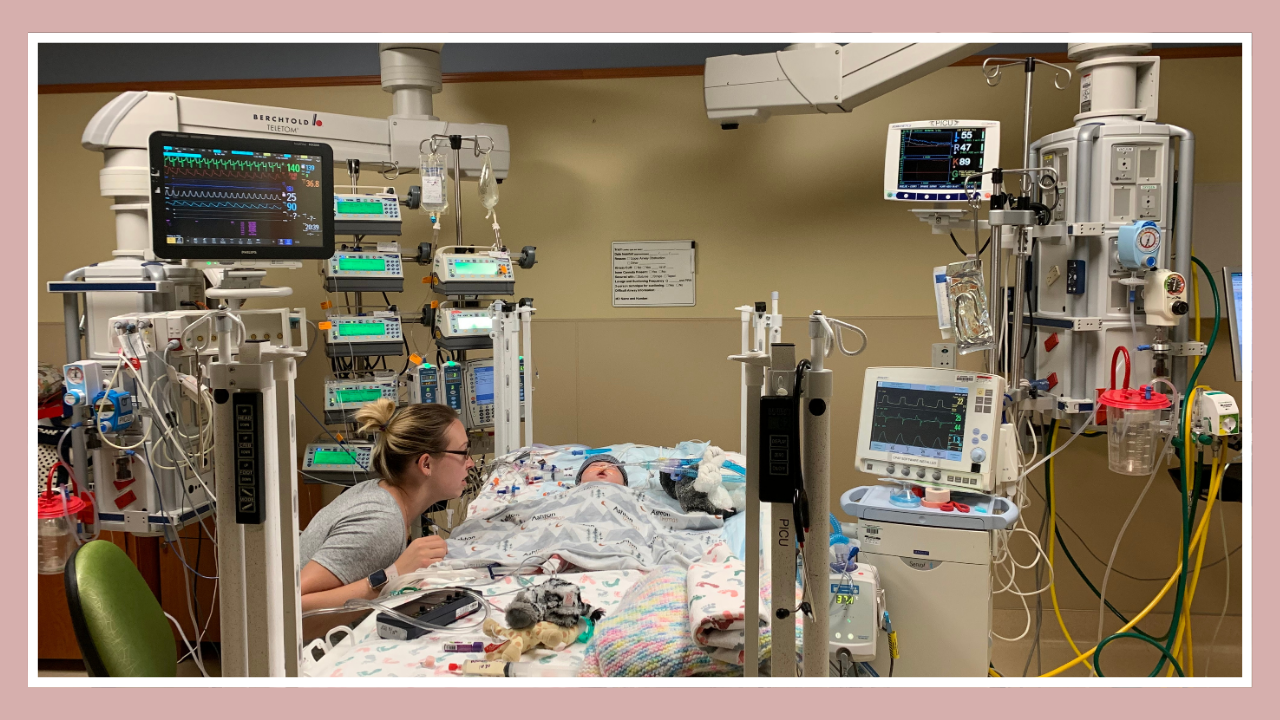
Understanding Postpartum Preeclampsia: Symptoms, Risks, and Management
Jun 05, 2024Preeclampsia, a condition characterized by high blood pressure and signs of damage to other organ systems, is a common concern during pregnancy. However, for some women, the risks don't end with delivery. Postpartum preeclampsia is a rare but potentially life-threatening complication that can develop shortly after giving birth. In this blog post, we'll explore what postpartum preeclampsia is, its symptoms, risk factors, and effective management strategies to help new moms stay informed and prepared.
What is Postpartum Preeclampsia?
Postpartum preeclampsia is a continuation or new onset of preeclampsia that occurs after childbirth, usually within the first six weeks postpartum. Despite having delivered the baby and placenta, some women may still experience the symptoms of preeclampsia, which can be dangerous if left untreated.
Symptoms of Postpartum Preeclampsia
Early recognition of postpartum preeclampsia is crucial for prompt treatment. Watch out for the following symptoms:
- High blood pressure (140/90 mmHg or higher)
- Severe headaches
- Visual disturbances (blurred vision, light sensitivity)
- Upper abdominal pain
- Nausea and vomiting
- Sudden weight gain
- Swelling in the face and hands
- Decreased urination
If you experience any of these symptoms after giving birth, seek medical attention immediately.
Risk Factors for Postpartum Preeclampsia
While the exact cause of postpartum preeclampsia is unknown, certain factors can increase your risk, including:
- Having preeclampsia during pregnancy
- Obesity
- Multiple gestations (twins, triplets, etc.)
- Preexisting conditions like chronic hypertension or diabetes
- First-time pregnancy
- Age (women under 20 or over 35 are at higher risk)
It's essential to discuss your risk factors with your healthcare provider and follow their recommendations for postpartum monitoring and care.
Managing Postpartum Preeclampsia
If you develop postpartum preeclampsia, your healthcare team will work to manage your condition and prevent complications. Treatment may include:
- Medication to lower blood pressure
- Magnesium sulfate to prevent seizures
- Close monitoring of liver and kidney function
- Bed rest and activity restriction
- Hospitalization for severe cases
In some cases, delivery may be recommended if preeclampsia develops before childbirth.
Postpartum Preeclampsia and Breastfeeding
Breastfeeding is generally safe for mothers with postpartum preeclampsia, but it's essential to consult with your healthcare provider. Some medications used to treat the condition may pass through breast milk, and your provider can advise on the best course of action.
Long-Term Implications and Follow-Up Care
Postpartum preeclampsia can increase the risk of future cardiovascular diseases, such as chronic hypertension and heart disease. Therefore, it's crucial to attend all postpartum follow-up appointments and maintain a healthy lifestyle, including regular exercise and a balanced diet.
Postpartum preeclampsia is a serious condition that requires prompt recognition and treatment. By being aware of the symptoms, risk factors, and management strategies, new moms can take proactive steps to protect their health and ensure a safe postpartum recovery. If you have any concerns or experience any worrisome symptoms, don't hesitate to reach out to your healthcare provider for guidance and support.







